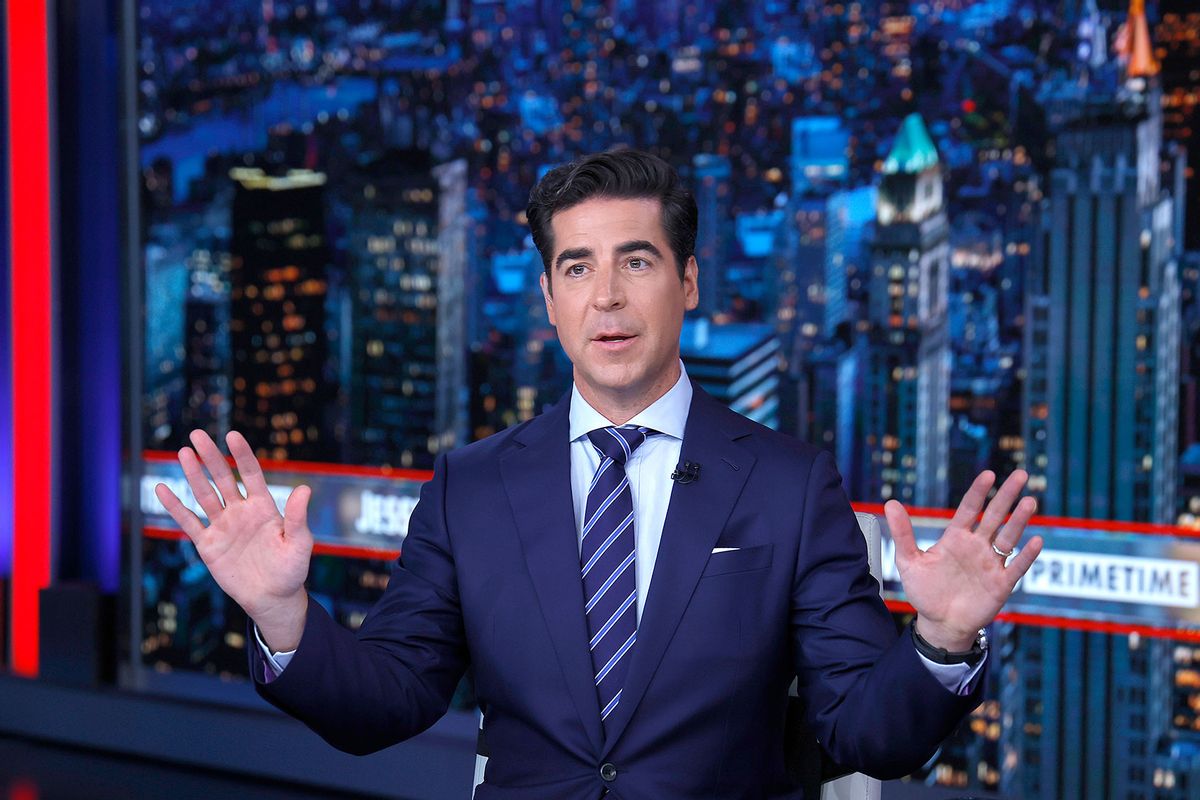Kazakhstan Pivots From Russia Amid Ukraine War – Analysis

President of Kazakhstan Kassym-Jomart Tokayev with Russia's President Vladimir Putin. Photo Credit: Kremlin.ru
By Nicholas Velazquez
Russia’s invasion of Ukraine emboldened Kazakhstan’s President Kassym Jomart Tokayev to finally step out of his predecessor’s shadow in a bid to chart a new path for his country. Kazakhstan, a state historically under Russian influence, now endeavors to follow an independent foreign policy where Nur-Sultan can pursue opportunities irrespective of the Kremlin’s preferences. Before Russia’s invasion of Ukraine, Tokayev’s efforts toward this end required appeasing Russia by deferring to Moscow on Eurasian security matters. However, Russia’s disastrous war in Ukraine irked Kazakhstan’s decisionmakers and dramatically deteriorated bilateral relations between Moscow and Nur-Sultan. For Tokayev and his government, the Kremlin’s jingoist foreign policy is increasingly too much to stomach.
Tokayev’s ascension to the Kazakh presidency in March 2019 followed two years of protests which eventually prompted Kazakhstan’s first and only president before Tokayev, Nursultan Nazarbayev, to end his decades-long presidency. However, Nazarbayev retained key positions such as the chairmanship of the Kazakh Security Council, a body that coordinates Kazakhstan’s national security and defense policies. As chairman, Nazarbayev maintained Kazakhstan’s foreign policy continuity, which included substantive appeasement toward Russia. For example, Nazarbayev’s government supported Russian President Vladimir Putin’s 2014 annexation of Crimea and echoed Kremlin claims that “neo-nazis” hijacked Ukraine during the Euromaiden Revolution.
Nazarbayev used his position to preserve his family’s dominance in Kazakh politics and exert influence on Tokayev’s nascent government. Nazarbayev and his allies decided who Tokayev’s prime minister would be, upending three decades of precedent where the Kazakh president made the decision. Nazarbayev forced Tokayev to endure a power-sharing system wherein the chairman of the Security Council subordinated the president and robbed Tokayev of autonomy insofar as foreign policy was concerned. Nazarbayev’s decision to restrict the president’s role in foreign policy decision making likely frustrated Tokayev, who spent much of his career as a diplomat.
Kazakhstan’s dual-power system seemingly came to an end early this year amid unprecedented unrest against Tokayev’s government, which eventually resulted in Tokayev forcing Nazarbayev out entirely by seizing the chairmanship of the Kazakh Security Council. Additionally, Russia stunned the world on January 5 when its soldiers entered Kazakhstan as a part of the Collective Security Treaty Organization’s (CSTO) efforts to stabilize Tokayev’s embattled reign from an attempted coup by pro-Nazarbayev elements in the Kazakh government. After Tokayev secured his reign, he immediately issued a rare criticism of Nazarbayev and arrested several of the former president’s allies.
The CSTO left Kazakhstan on January 19 after securing several government buildings and quelling the anti-Tokayev demonstrations. Analysts initially credited the Moscow-led CSTO intervention as revitalizing the Kremlin’s influence in Central Asia. However, about half a year later, Putin’s invasion of Ukraine pushed Russo-Kazakh relations to an unprecedented low as Tokayev has opted to break from his predecessor and refuses to legitimize Russian aggression in Ukraine.
Moscow’s decision to support Tokayev’s government in January 2022 is not paying dividends. Tokayev continues to downplay the CSTO intervention in an attempt to distance himself from Russia’s role in securing Kazakhstan’s government. As Russia’s invasion of Ukraine began to stall, Kazakhstan was the first CSTO member-state to publicly rule out sending troops to assist the botched ‘special military operation.’ Furthermore, Kazakh Foreign Minister Mukhtar Tileuberdi said on April 5 that his country will not recognize the Donetsk and Luhansk People’s Republics as independent states. Tileuberdi’s statement is an effective refutation of Moscow’s justification for war. Tokayev reiterated this on June 17 at the St. Petersburg International Economic Forum, where he, while sharing a stage with Putin, pushed back against the recognition of Russian-backed separatist regions in Ukraine and Georgia.
Russian commentators portray Tokayev’s reluctance to tow the Kremlin line on Ukraine as ‘disloyalty,’ and several Russian public figures have advanced a hawkish view of Russo-Kazakh relations. Russian Member of Parliament Konstantin Zatulin responded to Tokayev’s public refusal to recognize Russian-backed separatists by saying, “We say always and everywhere, including in relation to Ukraine: If we have friendship, cooperation and partnership, then no territorial questions are raised. But if that does not exist, everything is possible, as in the case of Ukraine.” Tokayev and his government are likely disturbed by statements such as Zatulin’s which threaten Kazakhstan with conflict and unrest if it strays from the Kremlin’s good graces. As a result of this dynamic, Tokayev seeks to deepen relations with the European Union and China to reorient Kazakh foreign policy away from the toxic dynamics which characterize Russo-Kazakh relations.
In addition to economic opportunities with China, Tokayev aims to deepen security cooperation with Beijing. China, owing to the importance it’s placed on Kazakhstan for its Belt and Road Initiative, has established a foundation for deepening security cooperation with Kazakhstan through bilateral military exercises and investments in the Kazakh government’s surveillance capabilities. Tokayev and Chinese Minister of Defense Wei Fenghe said that Kazakhstan and China will expand military cooperation at a meeting on April 25. At the meeting, Tokayev said that he believes that bilateral relations “between the two countries will see greater breakthroughs and achievements” and that he strongly values opportunities to deepen bilateral military cooperation. Bilateral calls from Nur-Sultan and Beijing to expand military cooperation likely frustrates not just the Russo-Kazakh relationship, but the Russo-Sino relationship as well. Should China supplant Russia as the dominant security guarantor in Central Asia, Moscow’s decline will accelerate as its hegemony in the post-Soviet space will become a distant memory.
Tokayev seeks to present Europe with new opportunities to advance European-Kazakh relations. As Europe struggles with an energy crisis due to Russia’s invasion of Ukraine, Tokayev offered to increase Kazakh energy output on July 4 in order to “stabilize the situation in the world and European markets.” Tokayev’s offer is likely a jab to Moscow’s efforts to coerce European states with Russian energy. Two days later, a Russian court temporarily shut down the Caspian Pipeline Consortium’s oil terminal at Novorossiysk, Russia. The Caspian Pipeline Consortium is a Russo-Kazakh led oil pipeline that supplies approximately 1% of global oil trade and accounts for two-thirds of Kazakhstan’s oil exports. Though the Russian court has since reversed its decision, this incident is likely a component of increasing Russo-Kazakh tensions.
Though Kazakhstan’s shift from Moscow is just now picking up pace, it’s long overdue. Prior to the expulsion of Nazarbayev from the Kazakh government on January 5, Tokayev slowly pursued policies designed to separate Kazakhstan from Moscow. Notably, Tokayev’s 2021 decision to shift Kazakhstan from a Cyrillic alphabet to a Latin-based script is a key example. Tokayev’s decision to promote the Kazakh language over Russian was likely a component of his aspirations to move away from Russia’s sphere of influence and to fray a cultural tie between Kazakhstan and Russia. In settling the Kazakh language issue, Tokayev accomplished what his predecessor failed to do, despite several promises to the contrary. Tokayev further broke from Nazarbayev by canceling Kazakhstan’s 2022 Victory Day Parade in a clear break from Soviet traditions.
Tokayev’s campaign to set his country on a separate path from Moscow may end in disaster, as a sizable Russian minority exists in northern Kazakhstan and an increasingly belligerent Russia could present a harrowing security challenge. However, it’s clear that Tokayev’s current foreign policy is at last his own and no longer guided by Nazarbayev. With internal divisions settled and Russian prestige at an all-time low, this moment in history may present Kazakhstan with its best chance to pivot safely while Russia focuses on its invasion of Ukraine.
Kazakhstan’s response to Russia’s invasion of Ukraine has struck several of Moscow’s “pressure points”. Tokayev’s signaling that Kazakhstan aims to pursue new foreign policy opportunities irrespective of Russia’s preference and his government’s refusal to legitimize the Kremlin’s invasion of Ukraine represents a serious blow to Moscow’s hold on the largest state in Central Asia. Moving forward, it is unclear how successful Tokayev will be in breaking from Moscow. However, at this point it seems clear that Tokayev will not be a leader that Moscow can count on.
This article was published by Geopolitical Monitor.com
Geopoliticalmonitor.com is an open-source intelligence collection and forecasting service, providing provide research, analysis and up to date coverage on situations and events that have a substantive impact on political, military and economic affairs.













